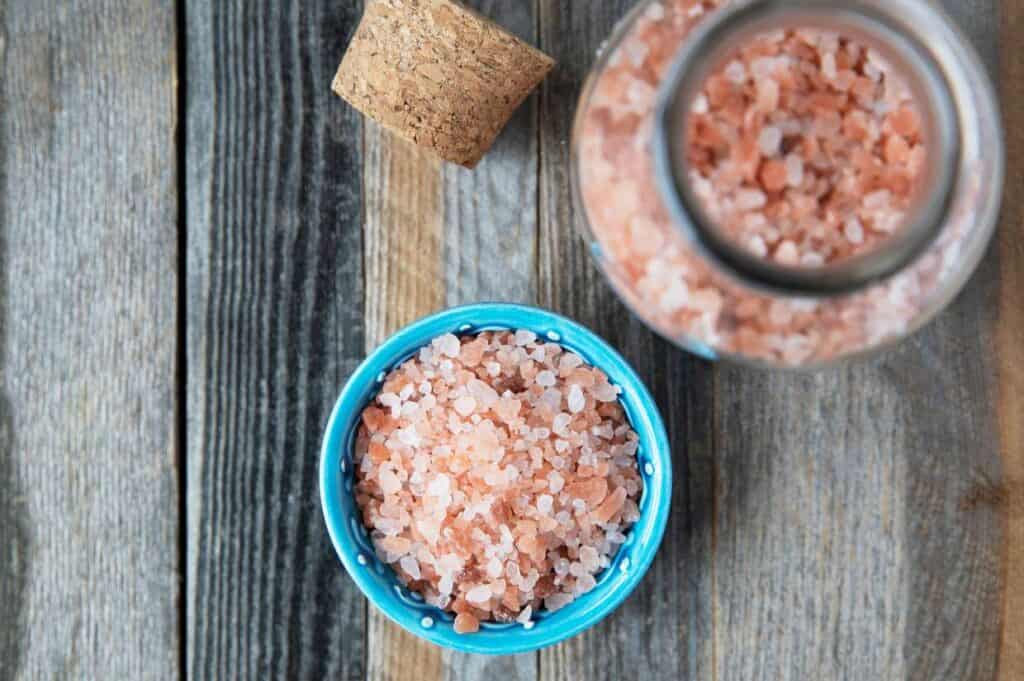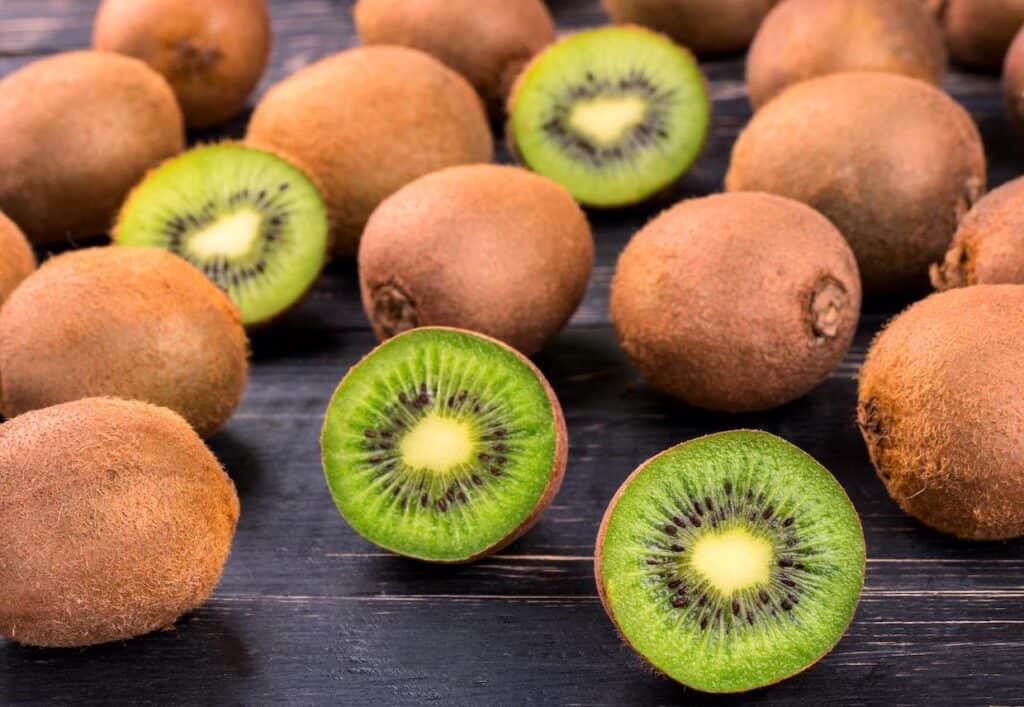We’ve all had it happen to us: You’ve grilled a piece of meat that should be fantastic, only to take one bite and be disappointed. Your masterpiece, your main dish, is as tough and flavorful as an old shoe. And to think you spent your hard-earned money on tough meat.

Learning how to tenderize meat is key to ensuring your dishes are juicy and flavorful. Using one of the common methods of tenderizing is the key to turning blah into bam. There are several ways to get better results, so you can pick the one that works best for you.
Currently, the price of any meat is just too high for catastrophic cooking failures. Tenderizing makes sense for cheaper cuts of meat, especially if you’re also planning on adding flavor to the meat during the process. It’s just one more way to stretch your food budget a little further.
“The price of meat has really increased in the past couple of years, so I am buying more and more cheap cuts of meat. They can be tough unless you cook them right, and I almost always start out with a marinade that has a good acidic base that helps tenderize the meat and make it perfectly flavorful in my favorite recipes.”
— Michelle Price, Honest and Truly
Common methods to tenderize meat
There are several ways to get better results when cooking meat. To tenderize meat, use the one that works best for you or that incorporates the ingredients or tools you have on hand.
Mechanical tenderizing
Mechanical tenderizing can help make meat thinner and break down muscle to make it more tender and easy to cut. These are the common ways to use mechanical tenderizing:
- Pounding meat with a mallet or rolling breaks down the fibers.
- Scoring involves making shallow cuts across the surface to break up muscle fibers.
- Needling uses a specialized tool with small blades or needles to puncture the meat.
This type of tenderizing can be seen in the store when purchasing cube steak. One might use it at home on round steak or other tough cuts of beef that need to be broken down before cooking.
Brining
You can also use brining to tenderize meat. Besides water, there are two common ingredients used in brining, salt and sugar. Salt breaks down the fibers of the meat, while the sugar adds flavor and can enhance browning during cooking.
Salmon, turkey and pork chops all benefit from brining before cooking. Brining itself is rather easy. It only involves mixing the brine, submerging the meat and keeping it all cold.
“In India, we often use yogurt to tenderize meat because its lactic acid breaks down proteins, making the meat tender and flavorful. It’s a go-to for marinating dishes like tandoori chicken and kebabs, adding a rich, tangy taste that really enhances the overall flavor!”
—Shruthi Baskaran-Makanju, Parallel Plates

Marinating
Marinating is a common way to quickly tenderize meat and add flavor. Many different ingredients will tenderize meat when added to a marinade; acids and enzymes are the most common.
There are many ingredients to choose from to make an acidic marinade, such as:
- Lemon juice
- Vinegar. Apple cider, balsamic, white and other types all work.
- Wine
- Buttermilk
- Yogurt
Enzymatic tenderizing
Another way to tenderize meat with ingredients is using enzymatic ingredients. These ingredients break down muscle fiber, making meat more tender naturally.
If using these ingredients, be sure not to leave them in too long; they can make meat too soft if you do. You can make enzymatic marinades from:
- Papain, found in papaya.
- Bromelain, found in pineapple.
- Actinidin, found in kiwi.

How some ingredients tenderize meat
When making your own marinade or brine and deciding what ingredients to use, consider how each ingredient breaks down meat fibers. Then, choose the ones you want to include in your marinade. Your secondary consideration when choosing ingredients is what your final flavor profile will be; pick ingredients accordingly.
Salt is essential for brining. It helps break down protein structures and enhance moisture retention. You can add salt or soy sauce to marinades; both work to break down meat. Salt is also important for flavor.
Acids such as lemon juice, vinegar and buttermilk break down tough fibers. They also add rich flavor to your finished dishes.
Enzymes such as papain, bromelain and actinidin are powerful natural tenderizers. If your dish will benefit from the flavor these ingredients provide, they may be just what you want.
Dairy ingredients like buttermilk and yogurt contain both acids and enzymes, making them excellent for tenderizing. Their hearty flavor in the finished products can’t be beat.
Beer and wine can add flavor and some tenderizing effects due to their acidity and enzymatic properties. Both can add depth and complexity to marinades, enhancing the overall flavor of the meat.
Some final tips on tenderizing meats
Be sure to avoid over-marinating with acidic ingredients, as they can make the meat mushy. Typically, 30 minutes to two hours is sufficient. If you’ve refrigerated your marinated meat or brined it in the refrigerator, let the meat come to room temperature for the best cooking results.
So the next time a potluck, bbq or fancy dinner is on the schedule, remember all the ways you can take a not-so-tender cut of meat and make the most of it. Your guests will thank you, and so will your pocketbook.
Laura Sampson of Little House Big Alaska is on a mission to teach modern family-oriented home cooks how to make old-fashioned foods new again. She shares her passion for home cooking, backyard gardening and homesteading on her website and blog.